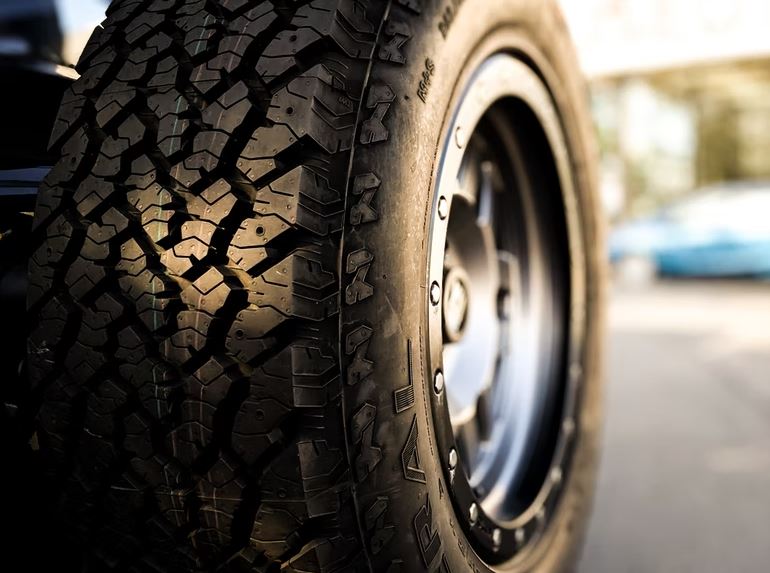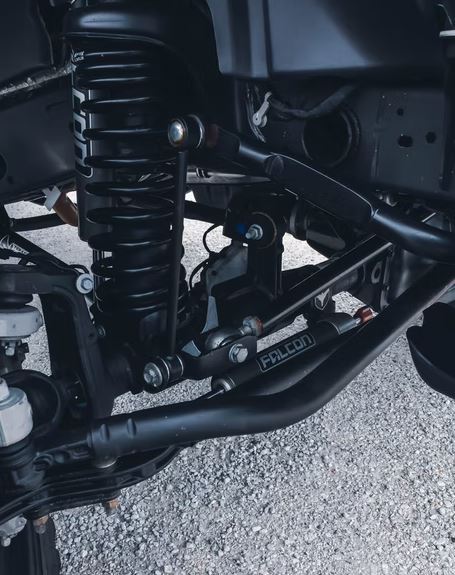Automobiles or cars consist of various sections and parts that allow them to move or do other functions. However, there are particular areas of the car that are considered more important than the others, and one of these areas is the suspension.
Without suspension, all cars wouldn’t be able to move properly, as it is responsible for the relative motion between the two wheels that push the automobile forward. So, what exactly is a suspension, and what does it do? We will find out more as we take a look at the details about car suspension.
What is a Car Suspension?
The suspension is a system that consists of tires, tire air, shock absorbers, springs, and linkages that are connected to the vehicle’s axles. The suspension is primarily responsible for providing a smoother ride for the vehicle, as the suspension has the ability to absorb impacts that occur when the car is moving on an uneven road or a road full of bumps.
Without suspension, the car will most likely be uncomfortable to drive since you will feel all kinds of impacts between the wheel and the road. Besides shock absorption, the car suspension will also enable drivers to have better handling since the movement of the car is much smoother.
The car suspension is also responsible for keeping the wheels of the vehicle in contact with the road, which is important for the stability of the automobile. If there is no suspension, the car may just tilt to the left or right when one of the front or rear wheels hits a bump on the road, and this tilting can cause accidents. All in all, car suspension is important for drivers to have a much more comfortable and easier time driving their cars.
Rear Suspension and Front Suspension
There are two systems of suspensions found in four-wheel-drive or 4WD cars, which are vehicles that provide power to all four wheels in order to have better handling. These two systems are called rear suspension and front suspension, and as their names suggest, these suspensions are found on the back wheels and the front wheels of the car.
However, for two-wheel-drive cars, a lot of them would only have front suspension, which is better for lighter vehicles to increase speed. However, the drawback to only having front suspension is that the rear doesn’t have impact protection. Similar mechanics are also found in vehicles that only have rear suspension, although the section that doesn’t have impact protection is the front, and this may be very disadvantageous since the driver would only have limited protection from impact.
Types of Car Suspensions
Besides rear and front suspensions, the car suspension also has types that are classified by how the wheels are connected and are affected by the movement of the other. Knowing these types of suspensions is essential in order for you to know how easy the cars are to handle or drive. Here are the types of car suspensions that you should know about when checking out vehicles.
Dependent Suspension
The dependent suspension is the type that connects the two wheels at the front or rear through a beam and a live axle. As its name suggests, the dependent suspension has wheels that are dependent on each other in terms of movement.
Because the two wheels are connected, they are moving in unison, which is beneficial for drivers that want a quicker response from the wheels. However, the downside of dependent suspensions is that one wheel will feel the impact of the other wheel connected to it, so the suspension will have to work harder to absorb the impact.
Independent Suspension
The independent suspension is the complete opposite of the dependent suspension, as the wheels at the front or the back have independent bars and axles. Because the axles and bars are separate, each wheel attached to the suspension will have independent movements, and they will not affect each other in terms of impact absorption. So, if one wheel hits a bump in the road, the other wheel will not be affected. As such, the power or effect of the impact will not double.
Independent suspensions are considered a more complex system, so it is naturally more expensive since there are more parts involved in its construction and mechanism. Moreover, maintenance and replacements can also be costly for independent suspensions because of how many parts there are to check and replace if ever there is damage. However, independent suspensions are pretty much worth it to have since you will have a smoother ride and have better handling of the vehicle.
Semi-Independent Suspension
The semi-independent suspension has wheels that are still independent of each other in terms of movement, but the impact protection is shared between them since they are connected through the deflecting and twisting of several suspension parts located below the vehicle. A lot of front-wheel-drive cars have semi-independent suspension, and the wheels at the front of the vehicles are connected through one solid axle beam between them.
The wheels in this type of suspension are able to move independently through the twisting of the solid axle beam. So, when one of the wheels strikes a bump, the solid axle beam would then twist to allow the wheel to move independently without affecting the movement of the other wheel. However, a little bit of the impact may transfer to the other wheel through the beam, although it is not as drastic as the ones felt on dependent suspension systems.
These are all the things you should know about car suspensions, particularly their functions and different types. Before you buy an automobile, make sure that you study every section and part of it and see if its features and functions are suitable for your style of driving or preference.
A lot of beginners often make the mistake of seeing only the exterior or the appearance of the car, and once they finally buy a car, they will regret their purchase since the handling and stability of the vehicle aren’t suitable for them. So, don’t make the same mistake and do some research first before buying.



